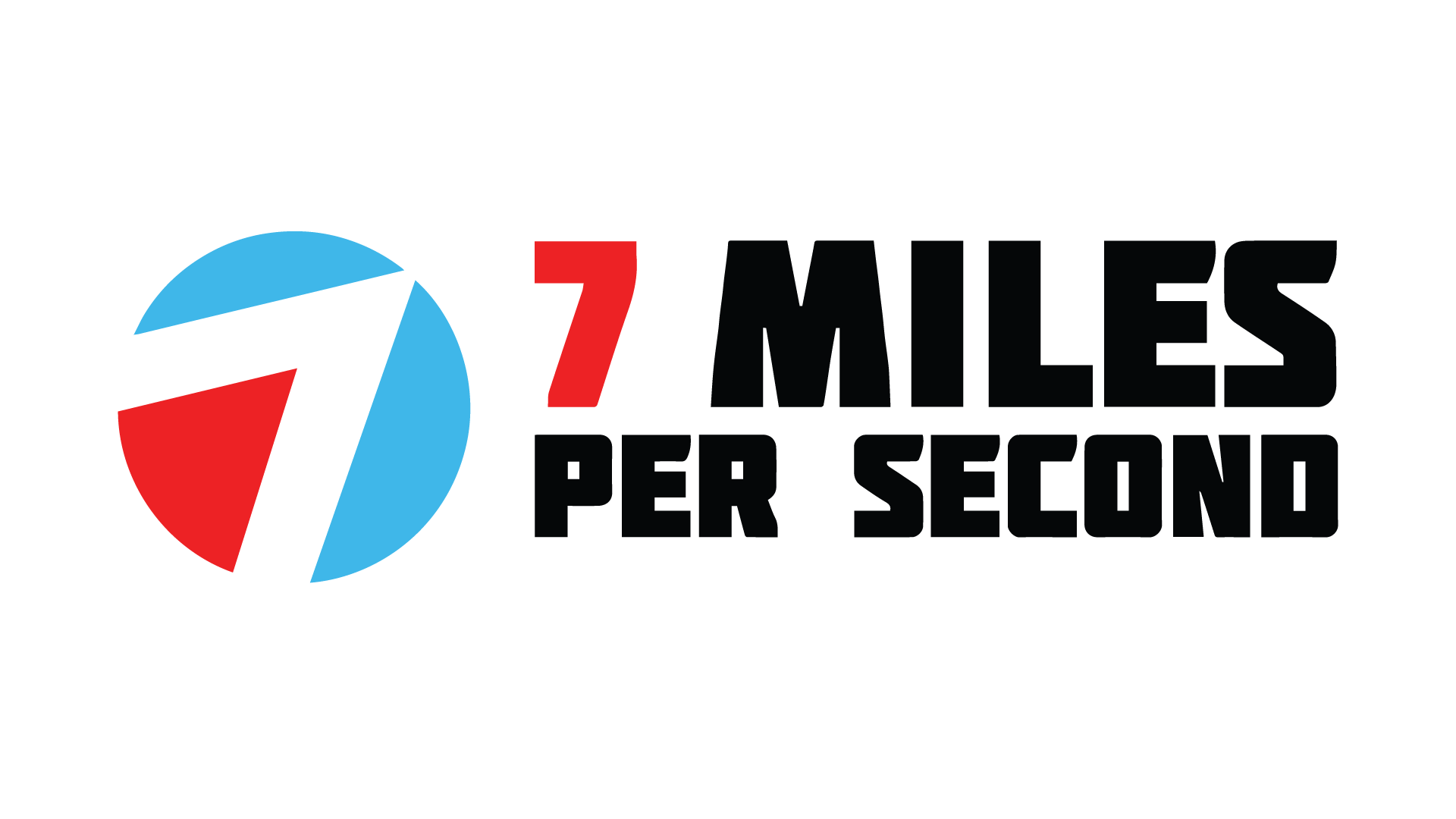Introduction
Marketing in 2025 is no longer about guessing what works—it’s about knowing. Data-driven storytelling combines the science of analytics with the art of storytelling to create campaigns that truly resonate. For Chennai businesses, this approach helps transform numbers into narratives, making ads more engaging and effective.
What is Data-Driven Storytelling?
Data-driven storytelling means using data insights (from customer behavior, website traffic, social media engagement, or surveys) to shape the story you tell in marketing campaigns. Instead of relying on assumptions, brands craft messages based on real numbers and patterns.
Why Data + Storytelling Works So Well
- Personalization at Scale
Analytics show what different audiences care about, so you can tell stories that feel personal to each segment. - Stronger Emotional Impact
Numbers give you accuracy, but stories give emotion. Together, they make campaigns both relatable and trustworthy. - Better ROI on Campaigns
Data ensures you invest in the right platforms, content formats, and audiences, improving conversions. - Credibility & Trust
When stories are backed by real data, audiences see your brand as authentic and reliable.
How to Use Data-Driven Storytelling in Campaigns
1. Collect the Right Data
- Use Google Analytics, Meta Insights, or LinkedIn Analytics to understand customer journeys.
- Track what content performs well—blog posts, videos, ads, or reels.
2. Identify the Core Narrative
- Example: If 70% of your customers buy during festivals, your campaign story should highlight family celebrations and festive shopping.
3. Segment Audiences
- Use analytics to break down customers by age, location, or interests.
- Tell different versions of your story for students, working professionals, and families.
4. Use Visual Storytelling with Data
- Infographics, charts, and case studies make data easier to digest.
- Example: A Chennai café could share “90% of our Pongal menu sold out in 3 days” in a social campaign.
5. Test & Refine Continuously
- A/B test your campaigns.
- See which headlines, creatives, or CTAs resonate best and adapt.
Real-Life Examples in India
- Swiggy & Zomato use data on order patterns to create quirky, relatable campaigns (“Most ordered dish in Chennai this week”).
- Byju’s turns student progress data into motivational stories for parents.
- Amul uses trending topics + consumer sentiment data to decide its famous topical ads.
Tools to Support Data-Driven Storytelling
- Google Analytics 4 – Website & campaign insights.
- HubSpot / Zoho CRM – Customer journey tracking.
- Tableau / Power BI – Data visualization for campaigns.
- Hootsuite Analytics – Social media insights for content performance.
Best Practices
✅ Do’s
- Always connect numbers to human emotions.
- Keep stories simple—data should support, not overwhelm.
- Use both local and global data for context.
❌ Don’ts
- Don’t overload your audience with stats.
- Don’t twist data just to fit your narrative (it reduces trust).
- Don’t ignore qualitative feedback alongside numbers.
Conclusion
In 2025, data is the backbone of storytelling. Chennai brands that turn analytics into meaningful narratives will not only capture attention but also build long-term trust.
At 7 Miles Per Second (7MPS), we help businesses combine data insights with creative storytelling to design campaigns that perform and inspire.
👉 Want to transform your numbers into powerful campaigns? Connect with 7MPS today.








